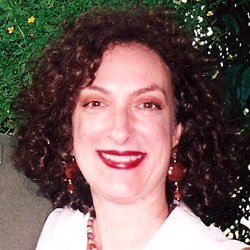
I just heard a talk about how ubiquitous computing can encourage us humans to be "green." Speaking at the first conference on sustainable computing at Cornell University James Landay, University of Washington, Department of Computer Science and Engineering, described devices he and collaborators and Carnegie Mellon have created. The project, "Ubigreen," encourages people to change their behavior by combining sensing, inference, and feedback about to their resource usage. The researchers created a system designed for cell phones that addressed transportation. As people chose to do "green" activities, like walking or running for exercise, a picture of a tree on their phone screen grows leaves and pink blossoms. The reward for the "green" behavior is a pictorial representation of how that translated into helping the Arctic ecosystem. So people could see the number of polar bears, seals, and fish representations increase proportionately. The Pittsburgh contingent was a little less green than Seattle dwellers, Landay said. Many wanted to keep using it after four weeks. They liked the idea of a story unfolding on their phones, said Landay, and it became a social item. At work, colleagues asked to see their progress as shown on their phones. Then it was put on Facebook so people could show their friends.
Another project is "OneBusAway" in Seattle, which lets commuters see when the next bus is coming. That encourages them to wait and take it rather than give up on public transportation and commute alone in their cars.
To encourage families to save energy on home appliances, one of Landay's colleagues, Kayur Patel, built a sensor that costs $50 for both the home and breaker box. It indicates what appliances are used and for how long. With this feedback, which is visualized on a Home Energy Table, a family can agree on actions to take to change their behavior. Another sensor Landay described tells what faucet is turned on and what volume of water it dispensed. Again, this low-cost sensor offers feedback that can help people change.
CONTACT _Con-39B18EFD2 Karen A. Frenkel writes about science and technology and lives in New York City. Here's her website.



Join the Discussion (0)
Become a Member or Sign In to Post a Comment